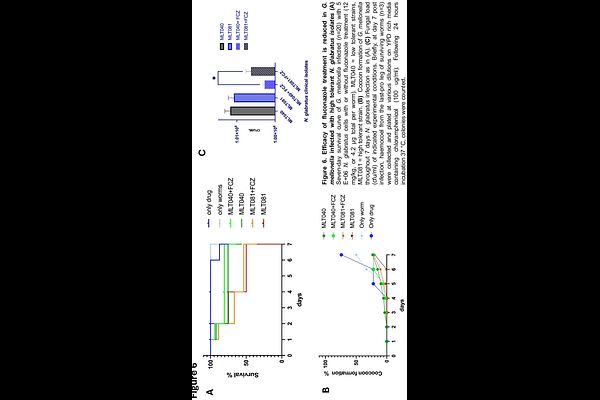Combined genetic and environmental factors shape the landscape of anti-fungal tolerance in Nakaseomyces glabratus

Combined genetic and environmental factors shape the landscape of anti-fungal tolerance in Nakaseomyces glabratus
Acharjee, S.; Hyland, E. M.
AbstractThe rising incidence of fungal infections caused by Candida species is compounded by increasing antifungal resistance, compromising treatment efficacy. In Candida albicans, antifungal drug tolerance (AFDT) has emerged as a distinct, clinically relevant phenotype. However, AFDT remains underexplored in other clinically significant Candida species, and its prevalence across the genus is unclear. Here, we characterize AFDT in Nakaseomyces glabratus (formerly Candida glabrata), the second most common cause of candidiasis. Using disk diffusion and supra-MIC growth assays, we quantified AFDT across six clinical isolates and a reference strain. Our results mirror findings in C. albicans, demonstrating reproducible AFDT across N. glabratus strains in response to multiple azoles. Importantly, tolerance did not correlate with resistance profiles, underscoring AFDT as a distinct phenotype. Isolates were categorized into high- medium- and low-tolerance groups based on variability. Highly tolerant strains showed reduced clearance in a Galleria mellonella infection model, aligning with previous AFDT studies. Tolerance was modulated by environmental factors such as media, temperature, and azole, yet relative strain tolerance remained stable--suggesting a heritable, strain-specific trait shaped by genetic and environmental factors. These findings underscore the clinical relevance of AFDT in N. glabratus and support further investigation into its molecular underpinnings and therapeutic impact.